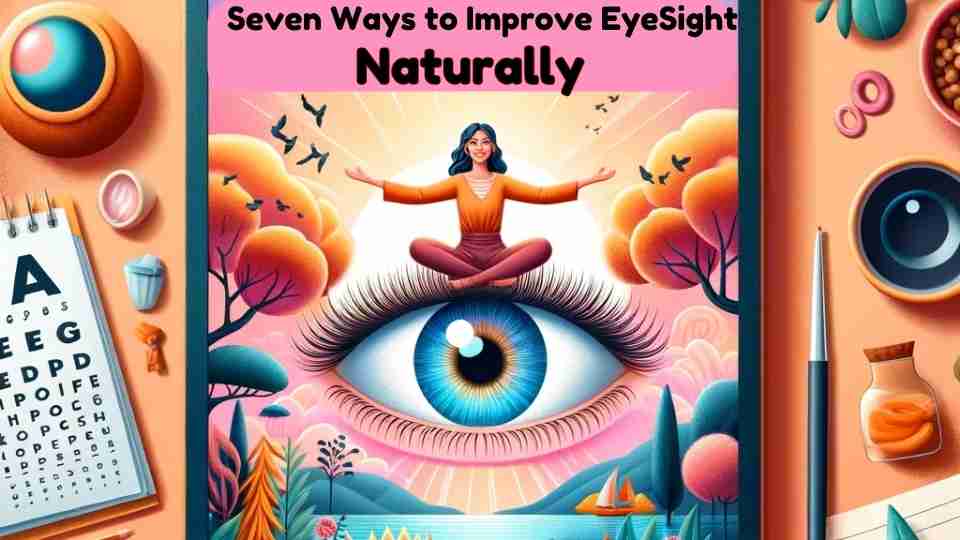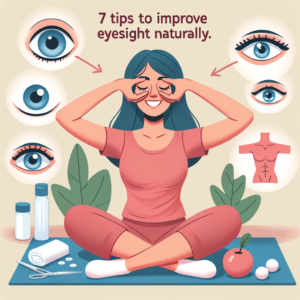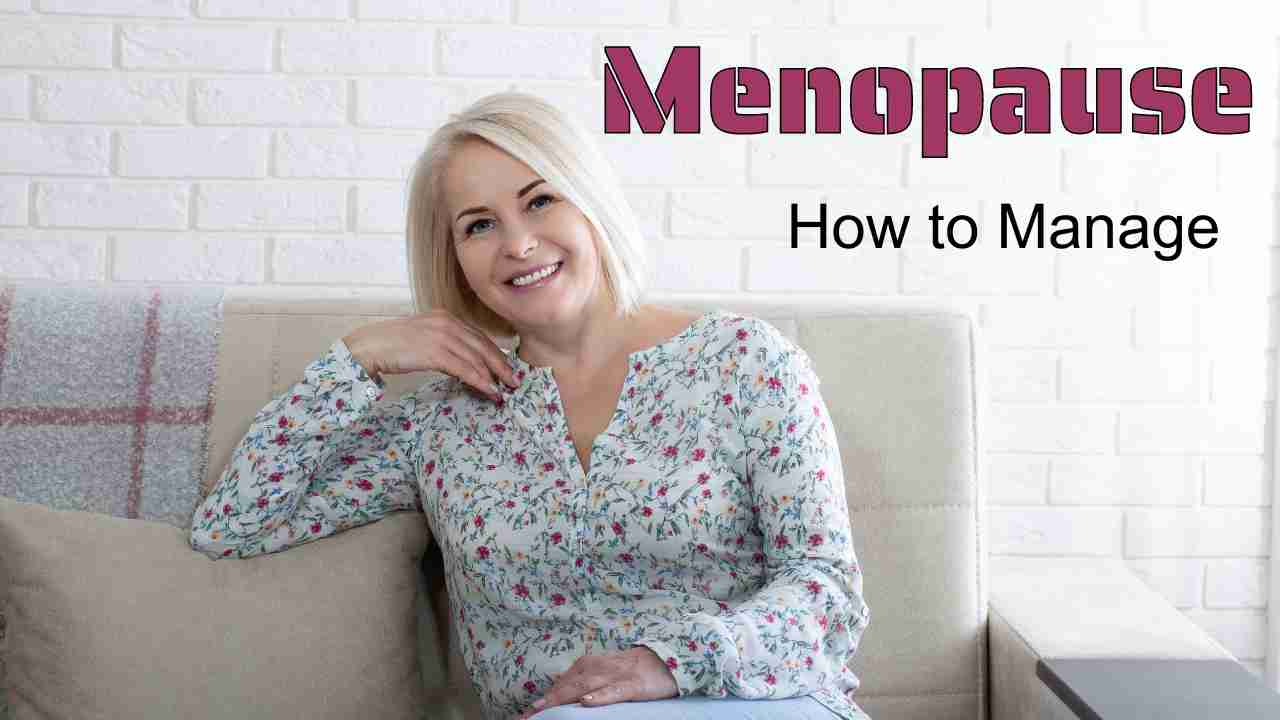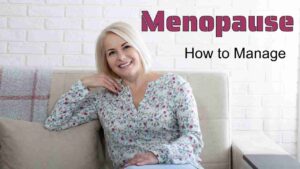Daily Ho’oponopono for Stress Reduction and Positivity: Hooponopono, often spelled as Ho’oponopono, is a traditional Hawaiian practice of reconciliation and forgiveness. The word itself can be broken down into two parts: “ho’o” means to make, and “pono” means right. Therefore, Ho’oponopono can be translated to “to make right” or “to rectify an error.”
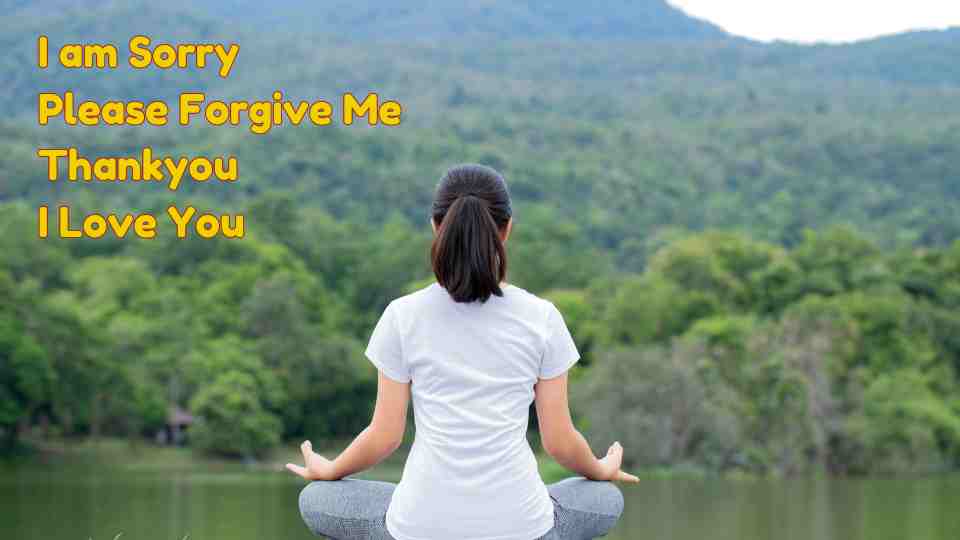
The practice has its roots in ancient Hawaiian culture and was traditionally used to resolve conflicts within families or communities. It involves a process of forgiveness, repentance, and reconciliation to restore balance and harmony. While the traditional form was conducted with the guidance of a kahuna (a Hawaiian priest or healer), a modern adaptation has gained popularity as a self-help and healing technique.
In the contemporary version of Ho’oponopono, Dr. Ihaleakala Hew Len, a Hawaiian psychologist, played a significant role in promoting its application beyond traditional contexts. Dr. Len utilized the practice in a therapeutic setting at the Hawaii State Hospital, where he successfully employed Ho’oponopono to heal patients with severe mental illnesses.
The core philosophy of Ho’oponopono revolves around the idea that our external reality is a reflection of our internal state of being. In other words, our perceptions and experiences are shaped by our thoughts, beliefs, and emotions. Therefore, to bring about positive change in one’s life and the world, individuals are encouraged to take responsibility for their thoughts and emotions and engage in the process of cleansing and purification.
The Ho’oponopono process typically involves four key phrases:
-
I’m sorry: Acknowledging and expressing remorse for any negative thoughts, actions, or beliefs that may have contributed to the current situation.
-
Please forgive me: Seeking forgiveness, both from oneself and from a higher power or the collective consciousness.
-
Thank you: Expressing gratitude for the opportunity to recognize and address the issues at hand, and for the potential healing that may occur.
-
I love you: Sending love and positive energy to oneself, others involved, and the situation as a whole.
These phrases are repeated as a mantra, and the practice encourages individuals to focus on clearing their own inner conflicts, trusting that this will have a positive ripple effect on the external world.
While Ho’oponopono has gained popularity as a self-help tool, it’s essential to approach it with an open mind and an understanding of its cultural origins. As with any practice, individual experiences may vary, and it is not a substitute for professional mental health care when needed.
Ho’oponopono can be utilized as a self-help tool
Ho’oponopono can be utilized as a self-help tool by individuals seeking to improve their mental well-being, release emotional burdens, and cultivate a more positive and harmonious life. Here’s how you can incorporate Ho’oponopono into your self-help routine:
-
Self-Reflection: Begin by engaging in self-reflection. Identify aspects of your life where you feel stuck, burdened by negative emotions, or face challenges. This could be related to relationships, personal goals, or any area causing distress.
-
Take Responsibility: Accept responsibility for your experiences and emotions. Understand that your perceptions and reactions are shaped by your thoughts and beliefs. Acknowledge any negative thought patterns or emotions that may be contributing to the situation.
-
Recite the Four Phrases: Use the four key phrases of Ho’oponopono as a mantra. Repeat them consciously and sincerely, either silently or aloud:
-
“I’m sorry”
-
“Please forgive me”
-
“Thank you”
-
“I love you”
-
-
Focus on Cleansing: As you recite the phrases, focus on the intention of cleansing and purifying your thoughts and emotions. Imagine releasing negative energy and creating space for positivity and healing.
-
Apply Regularly: Integrate Ho’oponopono into your daily routine. You can practice it during meditation, before bedtime, or whenever you feel the need for emotional release. Consistency is key to experiencing its potential benefits.
-
Address Specific Issues: Tailor the practice to address specific issues or challenges. For instance, if you’re dealing with a difficult relationship, focus on applying Ho’oponopono to release resentment, promote forgiveness, and restore harmony.
-
Cultivate Gratitude: Embrace the “Thank you” aspect of Ho’oponopono by expressing gratitude for the lessons learned, the opportunity for healing, and the positive changes you anticipate. Gratitude can shift your mindset and attract more positive energy into your life.
-
Self-Love and Compassion: Use the phrase “I love you” as a reminder to cultivate self-love and compassion. Extend this love to yourself, others involved, and the situation as a whole. Positive self-regard is fundamental to the healing process.
-
Stay Open-Minded: Approach Ho’oponopono with an open mind and a willingness to let go. Understand that the effectiveness of the practice may not be immediately apparent, and changes may unfold gradually.
-
Combine with Other Practices: Ho’oponopono can complement other self-help practices such as mindfulness, meditation, or therapy. Consider integrating it into a holistic approach to well-being.
Remember that while Ho’oponopono can be a valuable self-help tool, it is not a substitute for professional mental health care when needed. If you are dealing with serious emotional issues or mental health concerns, seek guidance from a qualified healthcare professional.
Personal Experiences
While there aren’t many formal scientific studies on Ho’oponopono, some individuals have shared personal experiences and anecdotes about the practice. It’s important to note that these stories are anecdotal and subjective, and individual results may vary. Here are a couple of examples:
-
Dr. Ihaleakala Hew Len’s Work at the Hawaii State Hospital:
One of the most well-known stories involves Dr. Ihaleakala Hew Len, a Hawaiian psychologist who applied Ho’oponopono in his work at the Hawaii State Hospital. In the 1980s, he worked with mentally ill patients, including those labeled as criminally insane. Instead of traditional therapeutic methods, Dr. Len used Ho’oponopono by taking responsibility for the patients’ conditions and working on himself.
He would review the patients’ files and then repeat the Ho’oponopono phrases, cleansing himself of any negative thoughts or emotions associated with the individuals. Over time, the patients reportedly showed significant improvements, and some were eventually deemed fit for release. This case is often cited as an example of the transformative potential of the practice.
- Personal Healing and Forgiveness: Individuals practicing Ho’oponopono have shared personal stories of healing and forgiveness. For example, someone may use the practice to address long-standing resentment or conflict within a family. By sincerely applying the four phrases, they may experience a shift in their own perceptions, leading to improved relationships and a sense of inner peace.
- Conflict Resolution in Relationships: Ho’oponopono has been applied by individuals seeking resolution in their relationships. By taking responsibility for their own thoughts and emotions, people report being able to release grudges, forgive, and create a more positive and harmonious environment. This can lead to improved communication and understanding between parties.
- Stress Reduction and Emotional Well-Being: Some individuals incorporate Ho’oponopono into their daily routine as a tool for stress reduction and emotional well-being. By regularly practicing the four phrases, they aim to cleanse their minds of negative thoughts, cultivate gratitude, and foster a more optimistic outlook on life.
It’s crucial to approach these stories with a discerning mindset, understanding that the effectiveness of Ho’oponopono is subjective and may not be universally experienced. While anecdotal evidence can be inspiring, the lack of formal scientific validation means that the practice’s outcomes are highly individual and may be influenced by various factors, including belief systems and personal commitment to the process.

Using Ho’oponopono as a meditation practice
Using Ho’oponopono as a meditation practice can be a powerful way to incorporate its principles into your daily routine. Here’s a simple guide on how to use Ho’oponopono as a meditation:
-
Find a Quiet Space: Choose a quiet and comfortable place where you won’t be disturbed. Sit or lie down in a relaxed position.
- Set an Intention: Begin your meditation by setting an intention. This could be related to forgiveness, healing, or resolving a specific issue in your life. Clearly state your intention in your mind.
- Deep Breathing: Take a few deep breaths to relax your body and calm your mind. Inhale deeply through your nose, hold for a moment, and exhale slowly through your mouth. Repeat this several times.
-
Recite the Ho’oponopono Phrases: As you continue to breathe deeply, start reciting the four key phrases of Ho’oponopono:
-
“I’m sorry”
-
“Please forgive me”
-
“Thank you”
-
“I love you”
Repeat these phrases either silently or aloud, focusing on the meaning behind each one. Feel the intention of cleansing and releasing negative energy.
You Can Chant This With Video- Click Here
-

- Visualization: Visualize the issue or situation you’re addressing. See it surrounded by a bright light, and imagine the Ho’oponopono phrases acting like a cleansing energy, dissolving any negativity or discord.
- Focus on Emotions: Pay attention to any emotions that arise during the meditation. If feelings of resistance or discomfort surface, acknowledge them and continue with the Ho’oponopono phrases.
- Gratitude: Emphasize the “Thank you” phrase to express gratitude for the opportunity to heal and release. Cultivate a sense of appreciation for the positive changes you anticipate.
- Closing: When you feel ready, gradually bring your focus back to your breath. Take a few more deep breaths, and open your eyes if they were closed. Acknowledge the sense of calm and release you may experience.
Ho’oponopono into your daily routine
Incorporating Ho’oponopono into your daily routine, especially during work, can contribute to a more positive and harmonious mindset. Here’s a guide on how to integrate Ho’oponopono into your daily work life:
- Morning Ritual: Begin your day with a short Ho’oponopono session. Take a few minutes to sit quietly, recite the four phrases, and set positive intentions for the day ahead. This can help you start your workday with a clear and focused mind.
- Cleansing Negative Thoughts: Throughout the day, be mindful of negative thoughts or stressors that may arise in the workplace. When faced with challenges or frustrations, silently recite the Ho’oponopono phrases to cleanse your mind and release any negativity.
- Conflict Resolution: In situations involving conflicts or misunderstandings, use Ho’oponopono to take responsibility for your emotions and thoughts. Repeat the phrases to promote forgiveness, understanding, and resolution. This can contribute to a more harmonious work environment.
- Midday Reset: Take a short break during the day to practice a brief Ho’oponopono meditation. This can help you reset your mindset, release accumulated stress, and approach the rest of your tasks with renewed focus and positivity.
-
Email and Communication: Before sending important emails or engaging in significant communication, take a moment to recite the Ho’oponopono phrases. This can help ensure that your messages are conveyed with a positive and compassionate tone, fostering better relationships with colleagues.
- Gratitude Practice: Use the “Thank you” phrase to express gratitude for accomplishments, collaboration, or positive interactions throughout the day. Cultivating gratitude can shift your perspective and contribute to a more optimistic work environment.
- End-of-Day Reflection: Before leaving work, take a moment to reflect on the day. If there were any challenging situations or interactions, engage in a brief Ho’oponopono practice to release any lingering negativity. Focus on ending the day with a sense of peace and closure.
- Incorporate into Routine Tasks: Integrate Ho’oponopono into routine tasks, such as responding to emails, attending meetings, or completing assignments. This practice can become a natural part of your daily activities, promoting mindfulness and emotional well-being.
- Team Building: Encourage a team-wide or department-wide practice of Ho’oponopono. This can create a shared commitment to positive communication, forgiveness, and collaboration, enhancing the overall work atmosphere.
-
Continuous Awareness: Maintain continuous awareness of your thoughts and emotions throughout the day. The more consistently you apply Ho’oponopono, the more it becomes a proactive tool for maintaining a positive and balanced mindset.
Remember that Ho’oponopono is a personal practice, and its effectiveness may vary from person to person. Consistency and sincerity in its application can contribute to a more positive and fulfilling work experience.
23 FAQS with answers on – Daily Ho’oponopono for Stress Reduction and Positivity
- What is Ho’oponopono, and how can it help with stress reduction?
- Ho’oponopono is a Hawaiian practice for reconciliation and forgiveness. By repeating the key phrases “I’m sorry, please forgive me, thank you, I love you,” it aims to cleanse negative emotions and promote inner peace, reducing stress.
- Can Ho’oponopono be practiced daily?
- Yes, Ho’oponopono is suitable for daily practice. Consistent use can contribute to a positive and balanced mindset.
- How does Ho’oponopono contribute to a positive work environment?
- The practice helps release negative thoughts and promotes forgiveness, fostering a harmonious atmosphere in the workplace.
- Can I use Ho’oponopono during work meetings or stressful situations?
- Absolutely. Ho’oponopono can be applied in real time to address stressors, conflicts, or challenging moments.
-
Is it necessary to practice Ho’oponopono in a quiet space?
- While a quiet space can enhance focus, you can practice Ho’oponopono discreetly, even in a busy work environment.
- How long should a typical Ho’oponopono session last?
- A session can be as short as a few minutes, making it adaptable to fit into busy work schedules.
- Can Ho’oponopono be integrated into routine tasks like responding to emails?
- Yes, incorporating the practice into daily tasks can infuse positivity into communication.
-
Is there a recommended time of day to practice Ho’oponopono for stress reduction?
- No specific time is required. Many find it beneficial to start or end their workday with a brief Ho’oponopono session.
- Does Ho’oponopono only address work-related stress, or can it help with personal issues too?
- It’s versatile. Ho’oponopono can be applied to both work and personal life, addressing a wide range of stressors.
- Can Ho’oponopono be used for team-building exercises?
- Absolutely. Implementing Ho’oponopono as a team can enhance collaboration, communication, and overall team dynamics.
- What if I don’t feel immediate results?
- Results may vary, and patience is key. Consistent practice over time often yields positive changes.
- Is Ho’oponopono a substitute for professional mental health care?
- No, it complements other practices. If you have serious mental health concerns, consult a qualified professional.
-
Can Ho’oponopono be shared with colleagues without cultural sensitivity concerns?
- Yes, as long as it’s presented respectfully, focusing on its potential benefits rather than its cultural origins.
- Can Ho’oponopono be practiced silently in a group setting?
- Certainly. Silent group sessions can be powerful, creating a collective positive energy.
- How can I remember to practice Ho’oponopono regularly during a busy workday?
- Set reminders or associate the practice with routine activities, like responding to emails or taking breaks.
- Is there a specific posture recommended for Ho’oponopono meditation?
- Choose a comfortable position, sitting or lying down, whatever feels most natural for you.
- Can Ho’oponopono be used as a tool for preventing workplace burnout?
- Yes, regular practice can contribute to stress reduction and prevent burnout by fostering a positive mindset.
- Are there any specific situations where Ho’oponopono may be particularly effective?
- It can be beneficial in resolving conflicts, addressing challenging relationships, and promoting overall emotional well-being.
-
Can I use Ho’oponopono to enhance my focus and productivity at work?
- Certainly. By reducing stress and fostering a positive mindset, Ho’oponopono can contribute to increased focus and productivity.
- Is there a recommended frequency for practicing Ho’oponopono during the workday?
- Frequency can vary. Some find benefit in brief sessions throughout the day, while others prefer a more extended practice.
- Can Ho’oponopono be adapted for virtual or remote work settings?
- Absolutely. The practice can be seamlessly incorporated into virtual meetings or personal moments of reflection.
- Can Ho’oponopono be taught to a team or department for collective use?
- Yes, introducing the practice to a group can enhance team dynamics and create a shared commitment to positivity.
- Are there any potential challenges in integrating Ho’oponopono into a daily work routine?
- Consistency may be a challenge initially. However, making it a habit can overcome this hurdle, leading to sustained benefits.




